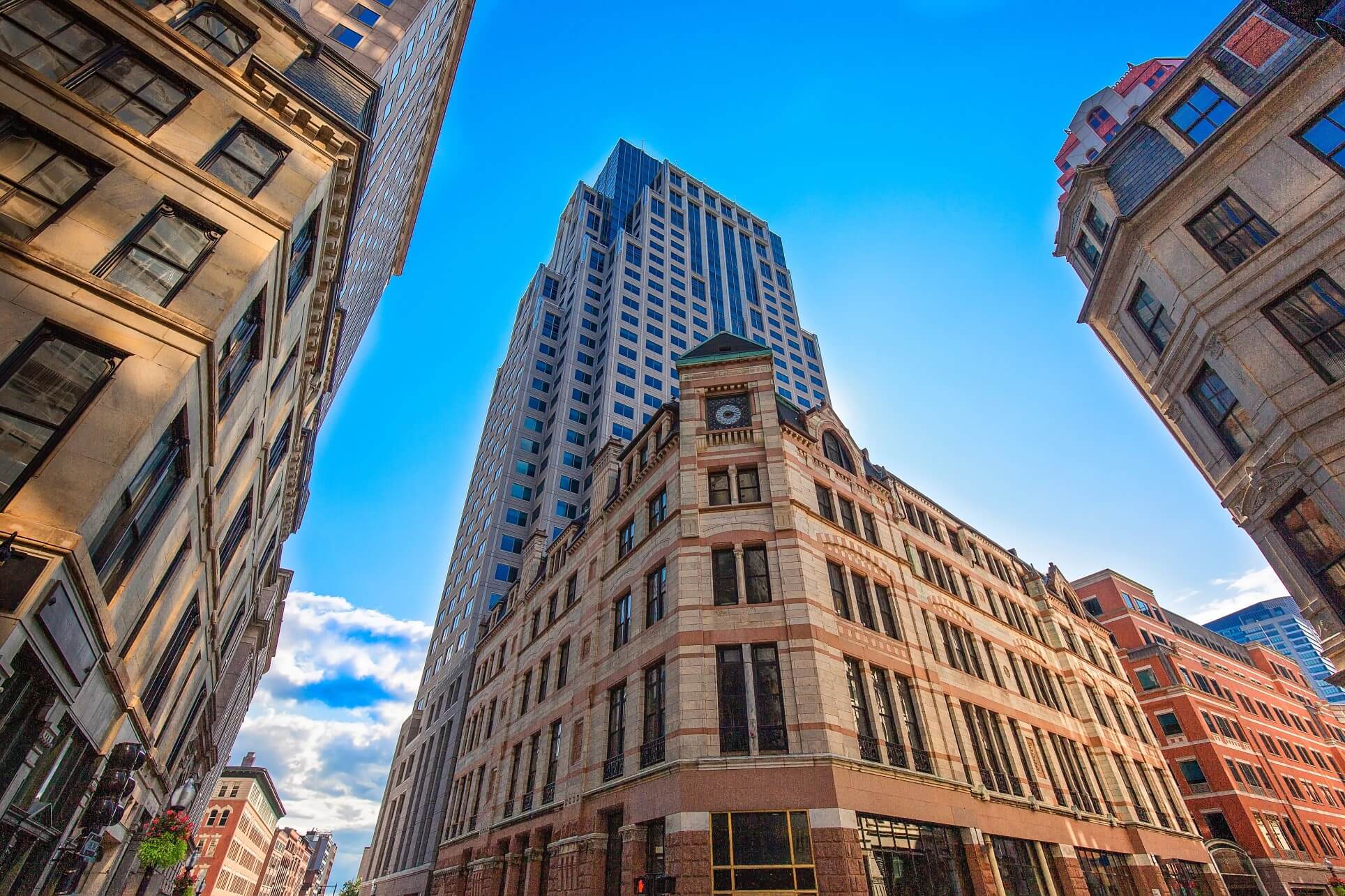Making Global Progress in Responsible Investments

When in January 2004 Kofi Annan wrote to fifty CEOs of the world’s largest financial institutions, he could not imagine the global impact of his call. The then UN Secretary- General invited them to join the World Bank’s initiative to introduce responsible financial management and incorporate ESG (environmental, social and governance) factors in capital markets.
Nor could Annan imagine that the acronym ESG would be on everyone’s lips just a few years later, along with another, SDG, which corresponds to the Sustainable Development Goals. These 17 goals were created by the United Nations (UN) in 2015 as a roadmap toward a more sustainable world.
Today investing with ESG criteria means considering the social and/or environmental impact and not only financial profitability. These issues are too critical to be ignored. To better understand the scope, assets managed by funds incorporating a socially responsible vision amount to $30.7 trillion around the world. This is equal to twice the GDP of the United States and is ten times higher than in 2006, according to the latest data published by the Global Sustainable Investment Alliance.
If we apply a broader view and measure all the financial assets that follow the guidelines that, after that meeting with Kofi Annan, were crystalized with the creation of the Principles for Responsible Investment, the volume of those assets exceeds $86 trillion. This figure is equal to five times the GDP of the United States.
Responsible finance flourished when they were most necessary: shortly after the financial crisis of 2008. Their momentum came from increasingly more conscious and demanding investors, like Larry Fink, founder and CEO of BlackRock, who in his letter “Purpose & Profit” argues that “corporate purpose” and “profits” are now two inseparable concepts and thus –he says–it is more important than ever to develop long-term strategies that promote growth and sustainability. BlackRock is one of the world’s largest investors: it manages nearly $7 trillion. The investors are followed by regulators, supervisors, international organizations and more and more companies.
Investing with ESG criteria means combining financial analysis with sustainable impact. The reality is that, over the long term, respecting sustainable and responsible principles helps to achieve corporate economic goals. This was already indicated in 2005 in the book Who Cares Wins, another initiative of Kofi Annan, where the term ESG was first coined. Its author, Ivo Knoepfel, was one of the promoters of the Dow Jones Sustainability Index (DJSI), aspired by so many companies.
All this is what propelled the development of a sustainable financial market with actors of different stripes, from development banks to governments, as well as municipalities, and public and private companies. Europe and the United States are the markets that are leading the trend, but interesting things are happening in Latin America as well.
You may also like:
- How to Make the Sustainable Development Goals More Meaningful for the Private Sector
- 4 Way to Propel Tech SMEs and Internet of Things in Our Region
- How good can ‘floatovoltaics’ be as a future partner for hydropower systems?
Brazil’s B3 Exchange (formerly Bovespa) was not only the first to join the Global Pact in 2004; it was also the first in an emerging country to sign the Principles for Responsible Investment and to launch a sustainability index (2005). Moreover, it was one of the five founders of the Sustainable Stock Exchanges platform in 2012, promoted by the UN to foster the adoption of practices in the area of reporting on ESG factors. Today this platform also includes the securities markets of Colombia, Argentina, Chile, Peru, Mexico, Ecuador, Costa Rica, Jamaica, and Panama.
Various countries in the region, such as Mexico, Brazil, Chile, and Argentina already have sustainability indices. Several regional companies have passed the test to be included in the Dow Jones Sustainability Index and London’s FTSE4Good. Regarding fixed income, social and sustainable bonds are taking off. In green bonds, although the region was not very active in 2018, there are already cumulative operations amounting to $84 billion, with Brazil and Mexico as the most active issuers.
Similarly, Peru, Chile, Argentina, Brazil, and Mexico have developed their own guidelines and recommendations on green bond issues. Panama’s exchange has become the first in Latin America to trade in green bonds by joining the Climate Bonds Initiative (CBI), an international organization that promotes financial solutions for climate change, with participants including Borsa Italiana (Italy), Deutsch Börse (Germany), Luxembourg Green Exchange (Luxembourg), Nasdaq Norway (Norway), Swiss Six Exchange (Switzerland), and Taipei Exchange (China). Everything is being prepared for new operations, as pointed out by the CBI itself.
No doubt, there is still much to do. The UN calculates that achieving the SDGs requires an annual investment of between $5 and $7 trillion, and for developing countries the gap has been identified at $2.5 billion. The annual financing gap in Latin America and the Caribbean is calculated at $170 billion per year, 3% of the entire region’s GDP.
We must continue to work without becoming complacent. Nonetheless, we can fairly acknowledge that, along with Kofi Annan, we could not have imagined at the time that the acronyms SDG and ESG were going to be so present in our lives or in our financial deals.
IDB Invest addressed these themes in its Sustainability Week, the most recognized sustainable businesses forum in Latin America and the Caribbean, which was held from June 24 to June 28 in Panama City.■
This column was originally published in Forbes México.
LIKE WHAT YOU JUST READ?
Subscribe to our mailing list to stay informed on the latest IDB Invest news, blog posts, upcoming events, and to learn more about specific areas of interest.
Subscribe



